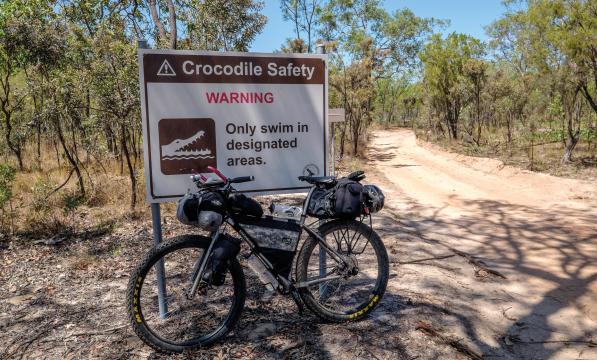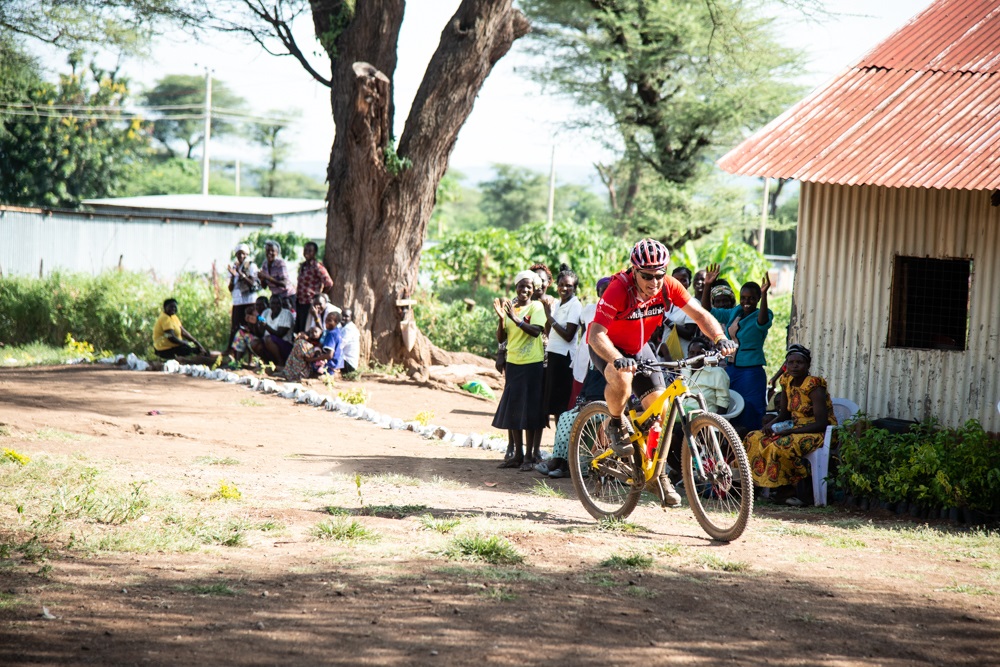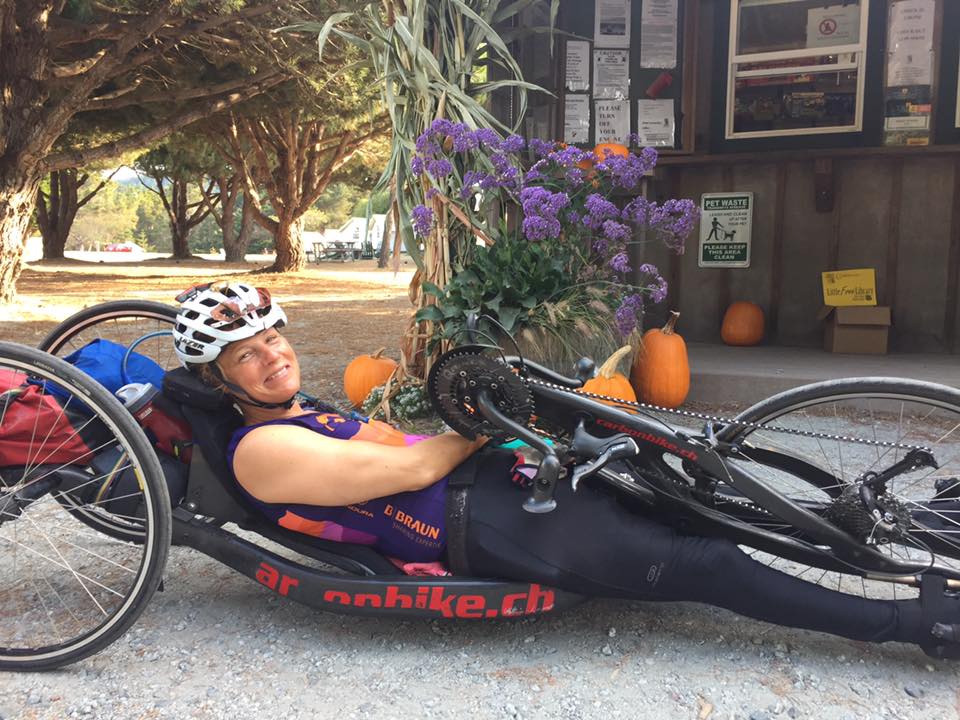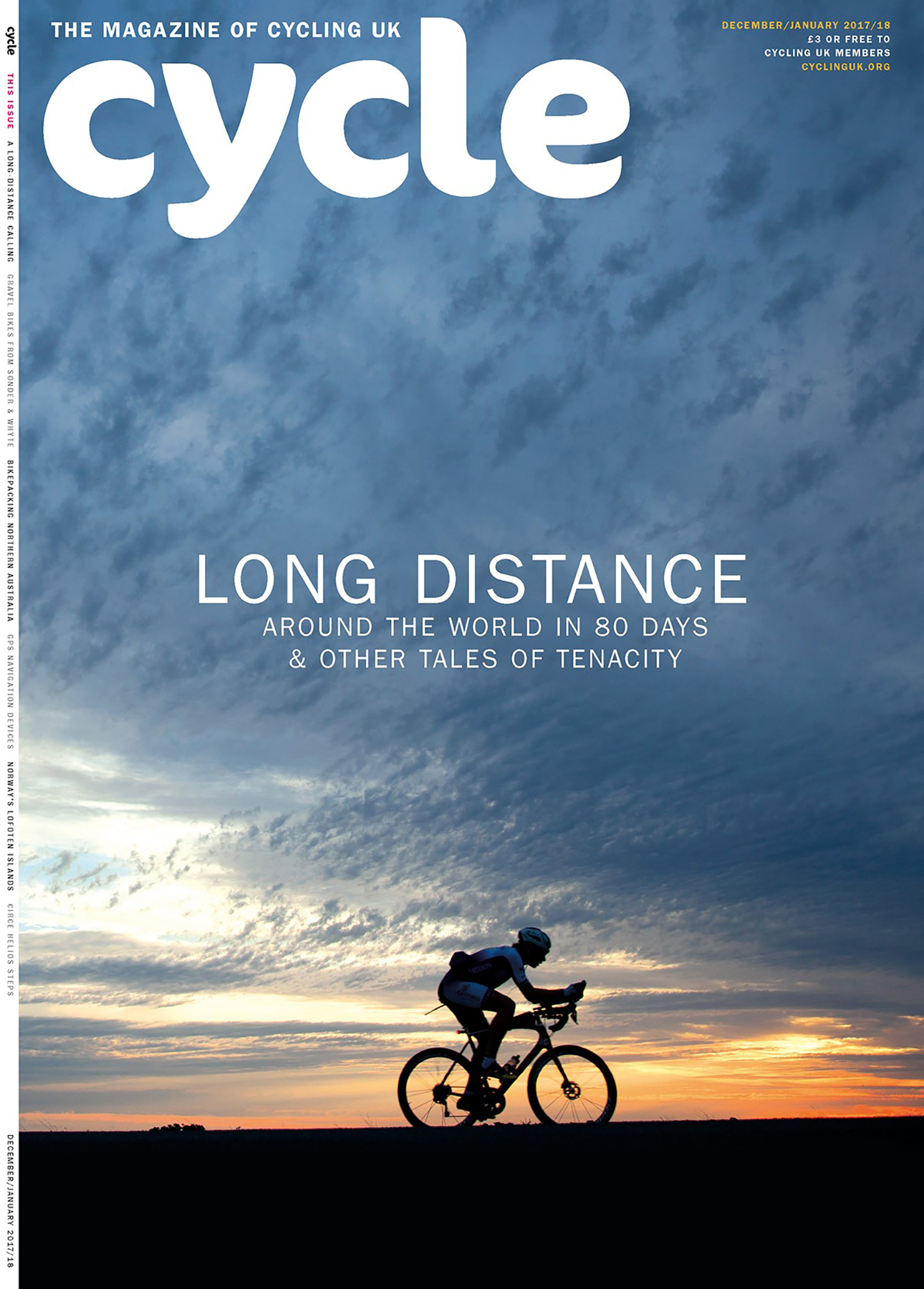Great Rides: Australia's rocks, crocs and waterfalls

"Mate, I’ve set the traps at Maguk – I wouldn’t swim there." Billy was a ranger at Kakadu National Park in Australia’s Northern Territory. I’d run into him on the fourth day of my tour at a pub in Pine Creek, the old gold rush town just outside the park’s southern border.
"You see, freshies, they’ll just take a bite out of you." He was speaking of crocodiles here as he paused to drag on a cigarette. "But the salties, they won’t just kill you – they’ll stalk you to kill you."
It wasn’t an idle threat. Saltwater crocodiles, by many reckonings the world’s most dangerous large animal, were everywhere in tropical northern Australia.
As a species, they’d failed to get the memo that humans were predators rather than prey, a disconcerting fact for an aggressive ambush hunter that grows up to seven metres in length and often weighs north of 500kg.
They’d killed more than 100 people in Australia in the last 40 years, including one in Kakadu, where I was headed, just a year before.
But the salties, they won’t just kill you – they’ll stalk you to kill you.
Billy, ranger at Kakadu National Park

Yet when I arrived at Maguk Gorge the next day in the withering 38°C heat of early afternoon, filthy and sunburnt from having cycled 60km up the highway and a further 10km along a heavily corrugated red-dirt road, I was so cooked I was willing to take my chances.
I locked my bike to a tree at the end of a narrow sandy path and scrambled over the rocks to the gorge itself – a large clear pool reflecting blue sky, a waterfall plunging into it over the walls of the escarpment – and with a cry, leapt into the cool clear water.
Surfacing, treading water alone in the emptiness of the gorge, I could have been in Gondwanaland, some primeval Earth long before recorded time, the insects loud in the trees and myself some early man bearing witness to creation. This was exactly what I’d come for.

Remote riding
I will concede at this point that the Top End – the local’s name for the northern extreme of the Northern Territory – is a questionable location for a bicycle tour. The shocking heat, ever-present crocodiles, and sheer remoteness are all arguments for taking a leisurely pedal around the Australian wine country instead.
Yet the Top End is also exactly the Australia that people so often dream of: a vast, wild, and unpopulated landscape that not only teems with life but is ever-changing thanks to its yearly cycles of drought and flood, the Dry and the Wet.
Almost a week before, I’d started the tour back in Darwin, loading up my fat-tyred titanium Muru Cycles Mungo with supplies and taking the pre-dawn ferry across the bay to Mandorah on the Cox Peninsula, a route that would get me to my destination of Litchfield National Park, 130km southwest of Darwin, without having to meet much traffic.
It was the end of the dry season. The country running south all along the flat Cox Peninsula Road was parched, dry red earth, dry scrub plants and scraggly thin gum trees, from which I startled flights of red-tailed black cockatoos as I passed.
I churned along all day in that meditative state you get spinning at a steady pace, sun hood pulled up around my face, the road turning from tarmac to dirt and back to tarmac again, no towns to see, only tracks leading off through the bush to remote Aboriginal communities.

It’s worth mentioning that the Northern Territory is also Australia’s indigenous heartland. Badly marginalised throughout most of the country, Aboriginal Australians not only make up 15% of the Territory’s population (versus 3% nationally), they also own 49% of the land here, and it’s arguably the area of Australia where indigenous culture and identity are both strongest and most visible.
I’d come for the wildness of the landscape, to be sure, but the chance to gain a fuller understanding of the ancient, human heart of Australia was also compelling. But first there was the Reynolds River Track to negotiate.
Red earth, blue sky
Running 29×3 inch rubber on tarmac, as I was, is not exactly a recipe for speed. But for the Reynolds River Track, 44km of rough, sandy, rutted dirt road with numerous river crossings, it was just about perfect. Traversing Litchfield’s western edge, the Reynolds was one of the main things that drew me to touring the Top End in the first place, and as I turned off the surfaced road the next morning and started bombing down the sandy track, rolling over fist-sized rocks, I was amped and ready… for about three minutes.
Then I reached the first crossing: one hundred metres across, bumper depth on a Land Cruiser, opaque with mud, and a crocodile warning sign right at its edge. Yeah, nah. I leant the bike against a tree, well back from the water’s edge, and settled in to read a book.
In time, a couple of good old Northern Territory boys came by in a jacked-up truck, both drinking beer in the cab and happy enough to ferry an idiot on a bicycle across the croc-infested waters.
Safely on the other side, the Reynolds was everything I’d dreamed of – red earth beneath big blue skies and giant, alien-looking termite mounds three metres high dotted across dry grasslands. Lean kangaroos scattering into the bush and colourful parrots in the trees. And best of all, not a vehicle in sight.

I ended that day, as I did most days on the tour, at a swimming hole – the lovely stepped rock pools of Surprise Creek – and slept in a dusty grove beneath bright stars, stripped to the skin and sweating in my tent even deep into the night.
The heat was a prelude to the next day, 15km south to the tarmac at the end of the Reynolds River Track and a further 100km east to Grove Hill through empty country, fighting a scorching headwind like a blast from a convection oven. I arrived in twilight, dead in the saddle, at the ramshackle old Grove Hill Hotel, where I consumed my bodyweight in cold beer and pies, and was quickly asleep.
The next day I pedalled 60km, rolling hills beneath the brutal sun on a good-quality dirt road all the way to Pine Creek. With only 700 or so people in the town, on any given night a significant percentage of Pine Creek’s population could be found at the Lazy Lizard pub. So it was this night. Tourists and locals, white and indigenous alike, mixing around the bar tops and pool tables.
In touch with the land
I spent three hours there talking to ranger Billy (of croc-warning fame) and Mary, a sixty-ish woman of the Wagiman people, who bantered with each other in creole and patiently answered my questions about what it meant to them to be Aboriginal in the Northern Territory.
"Being here, it’s still about Country," said Mary. Country with a capital C. "Our kids, they go to school, but school holidays, we don’t let them forget – we take them out to Country, teach them the stories, show them how to eat that good bush tucker. Help them remember they belong to this place."
Over the course of those hours, we covered the variety of Aboriginal kinship relations (dizzying), the problems with alcohol in the community (serious), and the best way to cook a turtle (in the shell, buried in the ground with hot coals), but it was the profound significance of the landscape to the people here that struck me the most.
In most of the world, people had built churches and temples, enclosing what was holy in a shell of human making. Yet here, above all things, it was the land itself and the creatures in it that were sacred.

My days on the bike now followed a pattern: I rose in the dark, packed my kit, and was on the road at first light, cycling through the morning and again in the evening if necessary, and resting through the heat of midday, which now occasionally touched 40 degrees.
The Kakadu Highway was smooth and flat, and the country was arid and empty – rivers marked as sometimes submerging the road to two metres were now just dry runs of sand. Even the birds seemed to keep to the shade.
Yet even in this austere landscape, a sense of its sacredness was seeping into me: as I watched the long incandescent sunset from my camp with the sweet smell of burning grass filling the air; as I watched waterbirds take flight from a billabong at dawn; and as I walked beneath the rock ledges the next morning at Nourlangie, where for 20,000 years humans had painted stories of the Dreaming, of Namarrgon the Lightning Man, who brings the monsoon storms to renew the land.
East Alligator River
I was nearing the end of the tour. I rode onward through the park’s main town at Jabiru (luxuriating for a day in the wonders of cheese and fresh fruit) and then to the north-east, where the wild stone country of Arnhem Land rose beyond the road like the walls of Mordor.
At Cahills Crossing, the causeway across the East Alligator River that marked the edge of the park, huge saltwater crocodiles haunted the water at low tide, submerging and surfacing like toothy submarines. I turned south onto a dirt track running amongst the sandstone outcrops of the backcountry, riding the rollercoaster of small undulating hills.
The day was like a furnace. I parked the bike in the shade and retreated into the mouth of a shallow cave, watching the landscape outside shimmering in the heat and wondering at the resourcefulness of a people who could not only live but thrive here for tens of thousands of years.
As if in answer to this thought, my hand found a deep, smooth depression in the rock I was sitting on: a mortar-stone, used to grind grains and berries foraged from the land. Surprised, my eyes searched the cave, and found a single handprint in blood-red ochre pressed high up on the wall.
I knew that these were small things, but they felt somehow like much more. My tour of the Top End was over, but I left feeling that like this cave, I would bear its marks – of the landscape, of the people and their stories – inwardly, for a long time to come.





